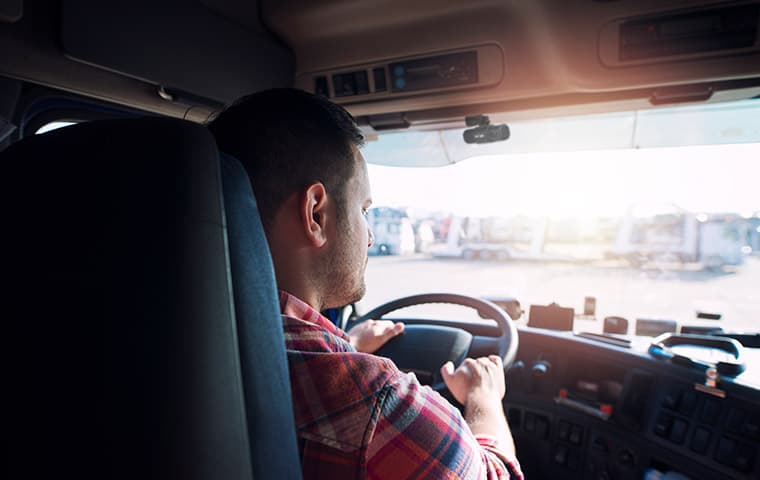Dashcams are becoming commonplace in fleet vehicles all over the world. They encourage safety, exonerate drivers in accidents, and overall connect fleet managers and drivers in a way that was never before possible. Fleets enjoy dashcams for their innumerable benefits, from insurance discounts to reduced accidents. They are only helpful, however, if used properly. So how can drivers make the best use out of their dashcams? When should a driver start recording? This article will go over the best practices for recording with dashcams.
How Do Dashcams Work?
Most dashboard cameras are small and unobtrusive, adhering to the windshield or rearview mirror using a sticky pad. They can also be installed using hardware. Dashcams can obtain power through one of three ways: the 12v auxiliary power outlet, being hardwired to the vehicle battery, or through an OBD-II Y-cable.
Dashcams can begin recording as soon as the driver turns the ignition. However, only significant events are sent to the cloud for review, so fleet managers do not have to sift through hours of footage. Drivers also have a panic button that allows them to manually record events to the cloud for consideration. Meanwhile, footage from complete trips is saved to an SD card on the camera that can hold up to 70 hours of footage.
Dual-facing dashcams record everything happening in the cab as well as on the road. This ability is highly beneficial for catching behaviors like distracted or drowsy driving and can alert the driver to correct their behavior. This feature keeps the driver safe as well as everyone else on the road.
When Do Dashcams Record Incidents?
Dashcams highlight risky incidents such as sudden braking, swerving, going over or under the speed limit, harsh cornering, or other erratic, unsafe behaviors and upload them to the cloud. The video clips are usually around ten seconds long to capture the full context of the incident. Context allows fleet managers to get a comprehensive view of the entire incident and understand why the driver made any decisions that they made.
Dashcams also record inside the cab when they witness the driver losing focus or becoming distracted. Any of the following behaviors could indicate distraction:
- Eating and Drinking
- Using a Phone
- Smoking
- Wearing a Mask
- Yawning or Fatigue
- Face not visible
- Not Focused
- Camera Obstruction
If the camera detects these behaviors, it will first alert the driver to correct the situation themselves. However, if the behavior continues, it will alert the fleet manager to take corrective action. For example, if a driver is too tired to be on the road or too hungry to wait for their next stop, it may be time to pull over for a break.
Some dashcams even record when the vehicle is off. This feature may not immediately make sense, but it is optimal for theft prevention. Suppose a thief tries to steal the vehicle. In that case, the dashcam will record what is happening, perhaps even capturing the thief’s face, and upload the footage to the cloud with location information for police to quickly locate and return the truck to its rightful owners.
When to Manually Record Incidents
Most dashcams do have the ability to record incidents manually. This feature is handy for recording events that the driver isn’t personally involved in, such as an accident happening with other drivers in front of them or another driver behaving erratically on the road. Recording these incidents can easily allow fleets to help police with other accidents that occur on a truck driver’s route.
Drivers can also manually trigger a dashcam to record hazards on the road for the fleet manager’s knowledge, such as road blockages or other dangerous conditions. Dashcams can capture the exact location and record the problem firsthand so fleet managers can see the extent of the issue and reroute other trucks if needed.
Conclusion
Dashcams are an incredible benefit both for fleet businesses and their drivers. Staying safe on the road is a priority for everyone involved, and drivers will appreciate knowing they are in good hands with a dashcam. Combined with other safety features like telematics and driver rewards, dashcams create safe fleets with positive reputations in the community. Azuga is a leader in fleet technology, including dashcams, telematics, and driver rewards programs. The experts at Azuga can help you determine what technologies are best for your fleet and how to implement them as effectively as possible. Reach out to someone at Azuga today to get started!








